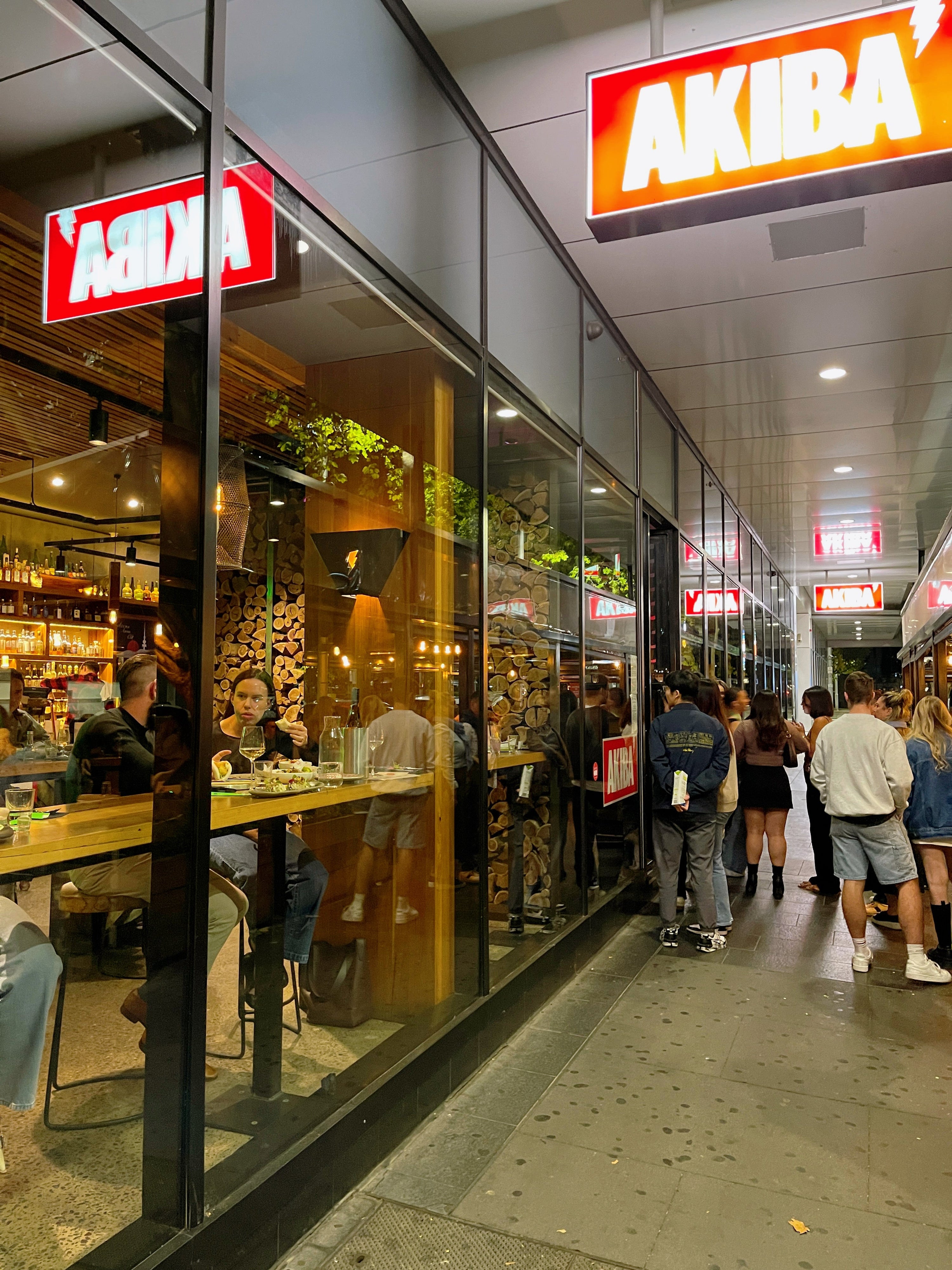
Canberra's Culinary Contrast - Cafés vs. Restaurants
by Coffee Analytica Team
·
Canberra, Australia's capital, offers a striking culinary contrast between its cafés and restaurants. Visitors often notice that the city's cafés generally lack the attention to detail and distinctive character commonly found in Melbourne or Sydney, whereas its restaurants tend to exhibit a highly refined and polished dining experience. Why does such a discrepancy exist?
Canberra’s Café Scene: Practical, Not Polished
A common experience in Canberra’s café scene is a sense of practicality over personality. Many cafés appear primarily to cater to nearby students, government workers, and office employees looking for convenient coffee or a quick bite. Typically situated near university campuses, government offices, or commercial areas, these cafés focus more on functionality and efficiency rather than offering a uniquely immersive or sophisticated café culture.
Unlike the café hotspots in Melbourne's laneways or Sydney's trendy suburbs, Canberra cafés rarely demonstrate a strong, individual character. Instead, they often feel interchangeable and generic, prioritising turnover and convenience. Popular cafés like Cupping Room, Mayfair Espresso, and Fav Cup, despite their recognition on social media for coffee, frequently deliver inconsistent experiences, highlighting a gap between perceived reputation and customer satisfaction.
Canberra’s Restaurant Scene: A Different Standard
Conversely, Canberra's restaurants tell a different story. They often stand out for their polished service, high-quality food offerings, and carefully curated atmospheres. From award-winning fine dining establishments to trendy eateries, Canberra restaurants regularly receive national recognition for their creativity, quality, and attention to detail.
These establishments typically showcase carefully designed interiors, meticulously curated menus, and a deep commitment to customer service, aspects notably lacking in many of Canberra’s cafés. For example, dining experiences at places like RAKU and AKIBA consistently impress diners with their exceptional quality, attention to detail, and outstanding service. Politicians, diplomats, and senior public servants who dominate the city's professional demographics frequent these upscale restaurants, often entertaining clients, international dignitaries, or holding formal meetings, with many expenses covered by governmental or taxpayer-funded budgets. This high-profile clientele raises expectations and standards, compelling restaurants to maintain exceptional quality.
Explaining the Discrepancy
Several factors contribute to the stark difference between Canberra’s cafés and restaurants:
-
Target Market and Demand: Cafés in Canberra primarily serve transient customers - students and office workers looking for quick, budget-friendly options - reducing the incentive for significant investment in unique character or high-end details. Restaurants, however, cater to diners seeking a comprehensive culinary experience, often involving important political or professional interactions, prompting higher standards and greater attention to detail.
-
Competition and Innovation: Canberra’s restaurant market is fiercely competitive, driving establishments to differentiate through exceptional quality, innovative offerings, and memorable experiences. Conversely, the café market has less intense competition, particularly in suburban or campus locations, diminishing the urgency to innovate.
-
Cultural Expectations: Canberra’s cultural and social expectations for dining out versus café-going significantly differ. Dining out is perceived as an event, often accompanied by higher expectations for service and ambiance, particularly given the city's influential political and diplomatic community. Café visits, by contrast, are frequently regarded as quick, practical stops rather than memorable experiences.
Opportunities for Canberra’s Café Scene
Despite current trends, Canberra’s café scene has significant potential for growth. By taking inspiration from Melbourne and Sydney, local cafés could differentiate themselves by investing more in creating unique experiences. Enhanced staff training, specialty coffee offerings, distinctive interiors, and consistent quality could transform Canberra's cafés into notable establishments that reflect the city’s growing cosmopolitan vibe.
Conclusion: Bridging the Gap
The noticeable discrepancy between Canberra's cafés and restaurants reflects differing consumer demands, market pressures, and cultural attitudes influenced by the city's unique professional demographics. However, this gap presents a considerable opportunity for Canberra's café operators. By embracing innovation, investing in details, and prioritising memorable customer experiences, Canberra cafés could significantly elevate the city’s overall culinary landscape.